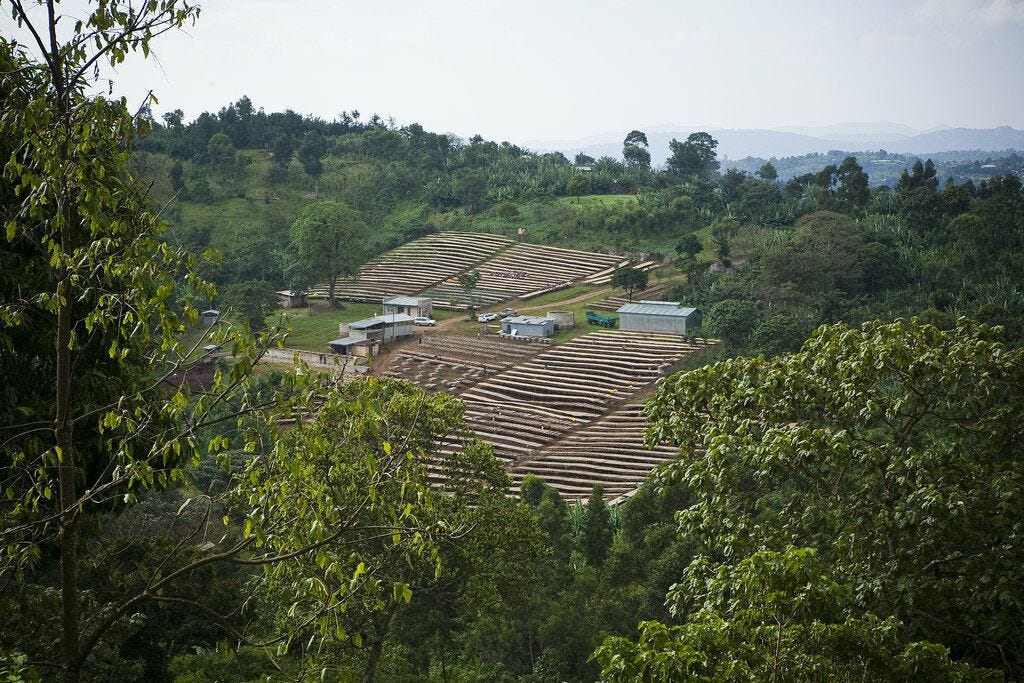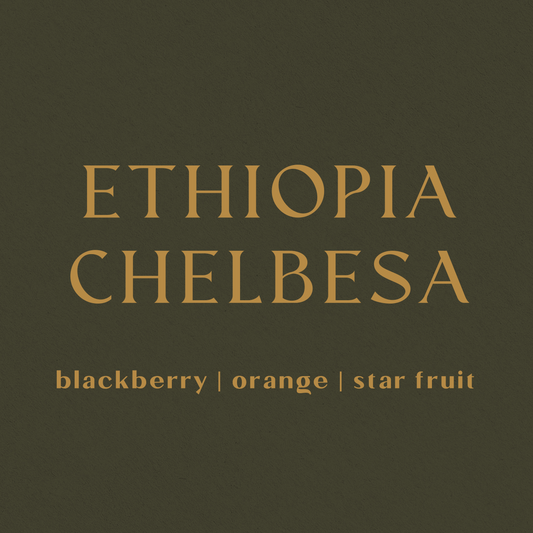
Yirgacheffe
Coffee Production in Yirgacheffe, Ethiopia
1. Historical Background
Yirgacheffe is often regarded as the spiritual birthplace of washed coffee. Nestled in Ethiopia’s southern Gedeo Zone, Yirgacheffe is not just a town but a globally recognized microregion synonymous with some of the most distinctive and aromatic coffees in the world.
Coffee has grown wild in Ethiopia for millennia, but it wasn’t until the 20th century that washed processing was introduced to the region. The first wet mill in Yirgacheffe was established in the 1950s (some say early 1960s) by the Ethiopian government in an effort to centralize quality and increase export value. This introduction forever changed the profile and potential of Ethiopian coffee, leading to a boom in both international demand and local processing infrastructure.
Since then, Yirgacheffe has become a hallmark name in specialty coffee, especially among buyers seeking floral, tea-like, citrusy profiles.
2. Geography, Climate, and Cultivation
Yirgacheffe lies within the Gedeo Zone of Ethiopia’s Southern Nations, Nationalities, and Peoples' Region (SNNPR). It includes towns like:
Yirgacheffe (the namesake)
Kochere
Konga
Aricha
Chelchele
Idido
Banko Gotiti
Elevation & Environment:
Elevation: 1,800–2,200 meters above sea level
Soil: Iron-rich red clay and volcanic loam
Climate: Subtropical highland; warm days, cool nights, and ample rainfall
These unique agroecological conditions create a slow cherry maturation process, resulting in dense beans packed with complex sugars and aromatics.
Varieties:
Yirgacheffe is home to indigenous landraces—often generically referred to as “Ethiopian heirloom”. These include thousands of genetically distinct varieties, many of which have never been catalogued. Some government-identified types, like Kurume, Dega, and Wolisho, are common in research and certification programs (e.g., by JARC).
Farmers typically cultivate coffee on small plots of land (1–2 hectares), using organic, low-intervention practices. Shade trees, enset (false banana), maize, and other subsistence crops are intercropped, creating rich biodiversity and natural pest control.
3. Processing Methods
Washed Process (Fully Washed):
Yirgacheffe is most famous for its fully washed (wet-processed) coffees. The standard steps include:
Hand-harvested ripe cherries
Pulping using traditional Agard disc pulpers
Fermentation in water tanks (typically 24–72 hours depending on temperature)
Washing in channels, where coffee is separated by density
Soaking in fresh water (optional step, usually 8–24 hours)
Drying on raised African beds for 10–20 days, depending on weather
This meticulous process helps highlight the clarity, florality, and acidity in the cup.
Natural Process (Dry Processed):
Though less traditional for Yirgacheffe, natural-processed coffees have become more prominent over the last decade. These are dried in the cherry on raised beds, turned multiple times per day for uniformity, and can result in fruit-forward, syrupy, and vibrant cups.
Anaerobic & Experimental:
In recent years, micro-mills and export partners have begun experimenting with controlled fermentations, carbonic maceration, and anaerobic naturals—usually with small lots and specific buyers. While rare, these offerings are helping push Yirgacheffe’s boundaries beyond its classic washed identity.
4. Flavor Profile & Market Positioning
Yirgacheffe coffee is world-renowned for its unmistakably floral, citrusy, and complex cup profiles. Common tasting notes include:
Floral aromatics: jasmine, lavender, bergamot
Citrus brightness: lemon, lime, orange zest
Stone fruit: peach, apricot, nectarine
Sweetness: honey, cane sugar, tea-like finish
Acidity: bright, sparkling, and refined
In fact, “Yirgacheffe” is often used by roasters not just as a region, but as shorthand for a flavor style.
Coffee from this area is typically sold under grade designations (Grade 1, Grade 2, etc.), with Grade 1 being the highest quality and often traceable to a single washing station or cooperative.
Yirgacheffe's name carries premium cachet in the global market and is often included in single-origin menus, competition coffees, and high-end subscription boxes.
5. Outlook, Challenges, and Opportunity
Challenges:
Climate change is threatening predictable rainfall and increasing pest pressures.
Aging trees and low yields can reduce farmers’ incomes.
Price volatility on the global market leaves smallholders vulnerable.
Traceability remains inconsistent depending on exporter and ECX (Ethiopian Commodity Exchange) involvement.
Strengths & Opportunities:
Global prestige ensures high interest from specialty buyers.
Genetic diversity of native landraces offers potential for resilience and uniqueness.
Processing innovation continues to attract top roasters looking for expressive and experimental lots.
Direct trade models and traceable micro-lots are becoming more common, allowing for better prices and long-term partnerships.
Yirgacheffe continues to be a beacon of Ethiopian coffee excellence, with producers, exporters, and roasters around the world united by its elegant and iconic profiles.
Learn more about the Origin
Shop Coffees from Yirgacheffe
-
 Sold out
Sold outEthiopia Chelbesa
Regular price From $25.00 USDRegular priceUnit price / per


